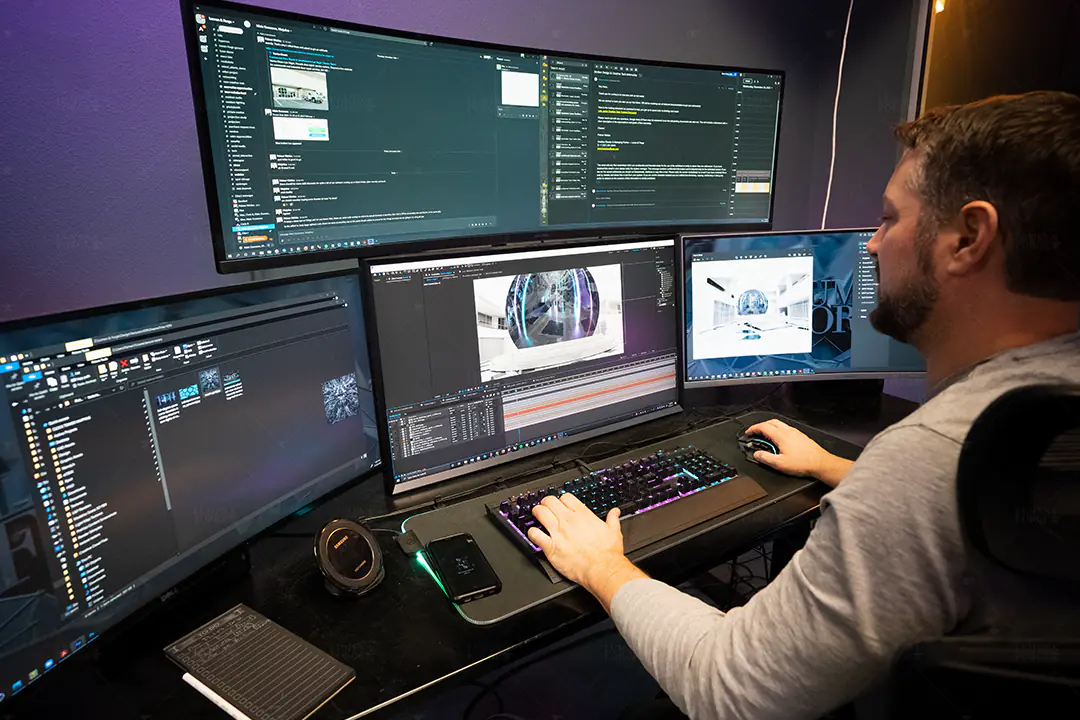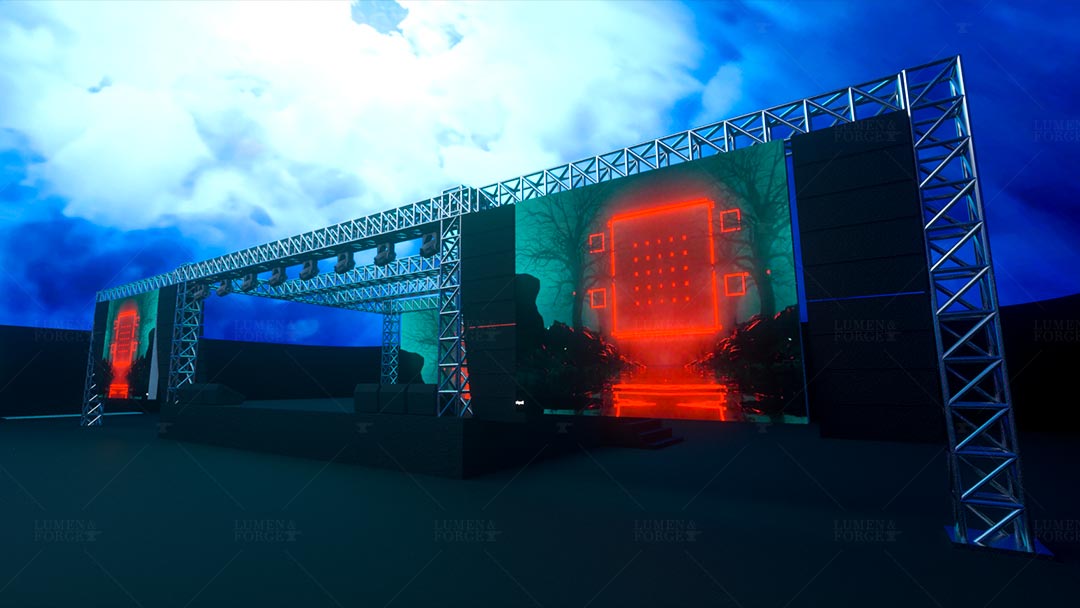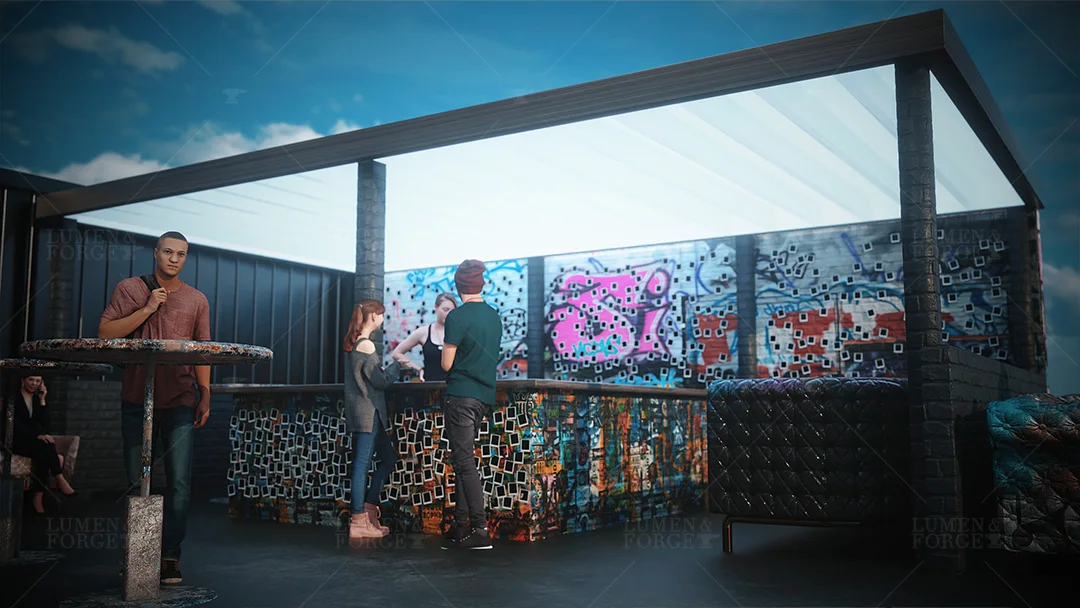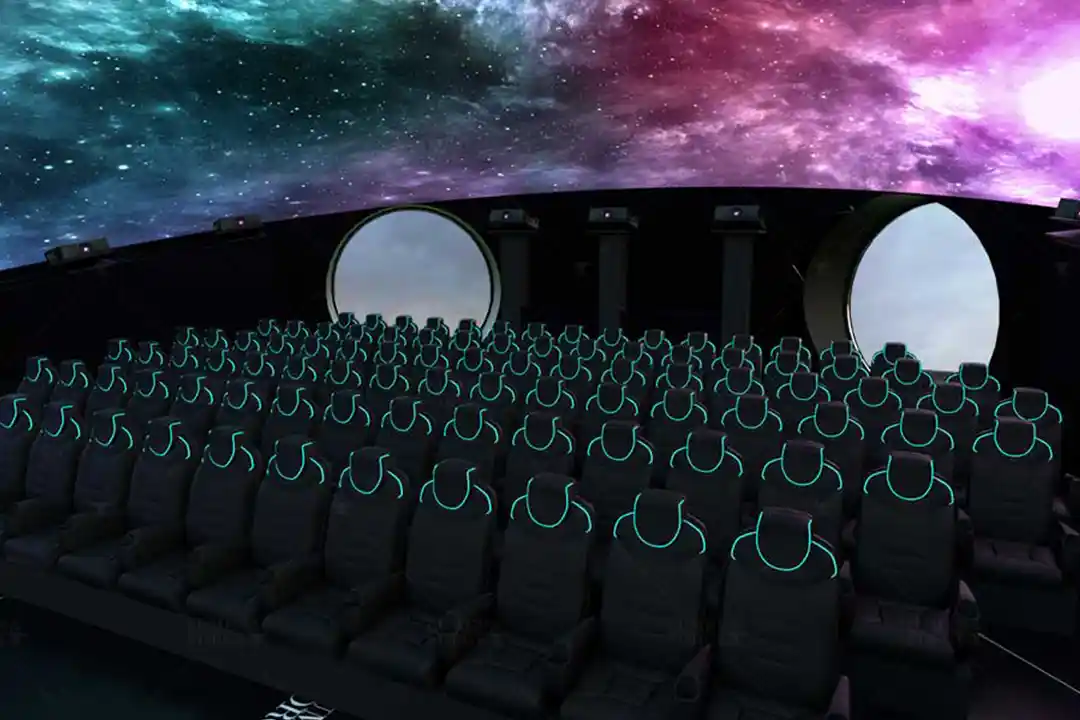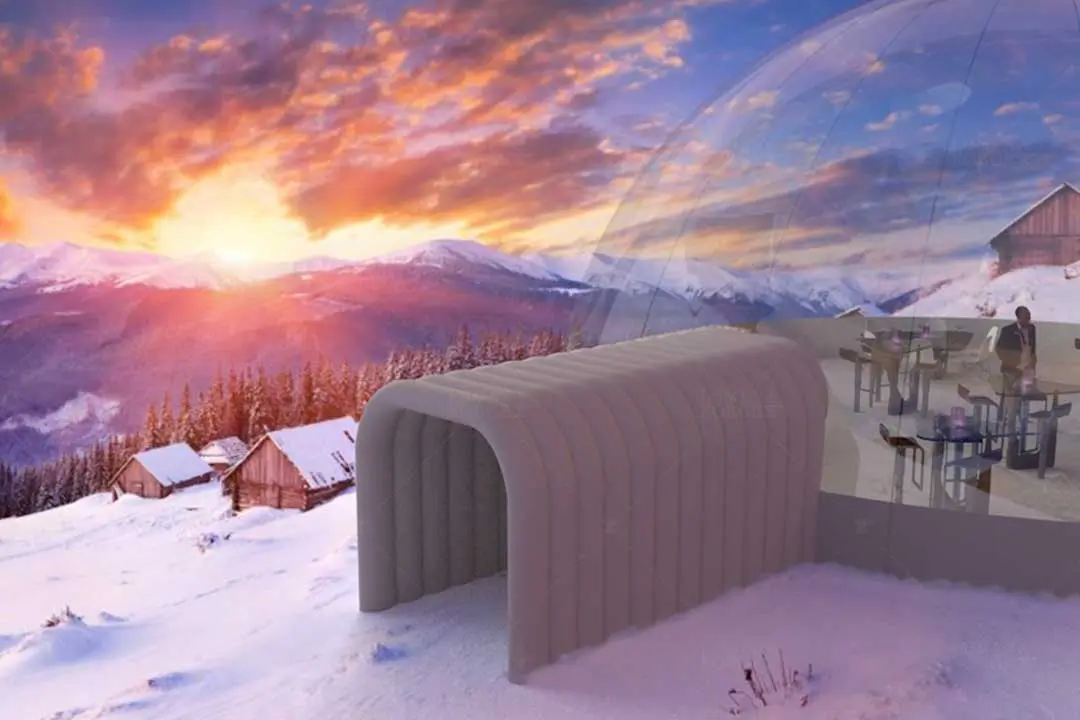If you’re currently looking into new avenues for marketing your brand or product, you may have seen the terms 3D visualization and 3D rendering floating around on the internet. If you’re unfamiliar with computer-aided design (CAD) and the processes it involves, you may not fully understand what these terms refer to and how they relate to each other, if they do at all.
We’re going to explain both of these concepts, covering how they’re applied to the process of 3D design creation and how you can make use of them for your business. Read on to learn more.
Lumen & Forge 3D Visualizations Reel
What is 3D Visualization?
3D visualization is a broad term that refers to creating a realistic 3D object, animation, space, or scene from a 2D concept using 3D modeling software. Through 3D visualization, you can create a digital prototype of a product with all of its intricacies. It’s a useful way to develop a working model without needing to go through a strenuous trial-and-error process, as changes can be made on the fly.
It’s a newer form of visualization that has exploded in popularity, as it offers some distinct advantages in comparison to other types, like physical modeling and 2D visualization. Physical modeling involves creating physical prototype models, which can be time-consuming and don’t offer the same level of detail. 2D visualization is quicker and more cost-effective, but it lacks depth and requires multiple renders to simulate different perspectives.
The leading advantage of 3D visualization is that you can control everything regarding product design, including the technical aspects. Creating everything using CAD software first ensures that the product will be usable when it comes to prototyping. Every detail in the application is translated into how the product will work. This includes the inner workings and any moving parts.
Any industry can take advantage of the the amazing benefits of 3D visualization. It has already been successfully applied in many industries, like architecture and real estate where 3D visualization allows future homeowners to see what their home will look like and even go through a virtual tour to see preview the final product. It can be made interactive with VR and AR applications, or even hosted in-browser.
What Is 3D Rendering?
3D rendering involves creating a photorealistic photo or video of a 3D object, space, animation, or scene. It does this by simulating lighting, textures, and reflections to produce a final product that’s much more realistic than what you see when viewing the product inside CAD software.
Creating 3D renders is something that you’d do near the end of the design process, as it first requires the 3D model to be created using 3D visualization. Where 3D visualization delivers the product design, 3D rendering delivers the clarity by simulating how the finished product is going to look in real life.
Let’s circle back to the example we used for 3D visualization in real estate. Once you have created a 3D model of the home using 3D visualization, you may want to take some photorealistic images of it to present to your client. This is where 3D rendering comes in. Through 3D rendering, you breathe life into the 3D space by simulating what it would look like in person. Light shining through windows, shadows being cast from tabletop objects, and reflections in mirrors and glass. These are just some of the details that 3D rendering adds to form a much more realistic representation of the final product.
3D rendering is a resource-intensive process, which is why 3D visualization isn’t able to match the same level of quality in real-time that 3D rendering offers. It requires high-end dedicated GPUs that are capable of rendering complex 3D scenes. This ties in with our next topic: the different methods that are used for 3D rendering.
The Different Types of 3D Rendering
There is more than one way to create a 3D rendering. The 3D rendering technique you use has a big influence on the final product. The most commonly used 3D rendering techniques are rasterization, ray tracing, and path tracing. Here’s a quick look at each:
Rasterization
Rasterization is one of the most commonly used forms of 3D rendering because it’s not resource-intensive. It works by converting 3D geometry into 3D images by determining which pixels to color. This is the least realistic type of rendering used, as it’s fast and works well in real-time.
Ray tracing
Path tracing
Often referred to as the best 3D rendering technique, path tracing offers improved global illumination effects. It works similarly to ray tracing, but it simulates the entire path of light rays, resulting in a much more accurate final product. This technique is often reserved for offline rendering of photorealistic images or animations, but as technology advances, it won’t be long until this is used in more real-time applications.
Business Uses for 3D Visualization and 3D Rendering
In a competitive business landscape, embracing new technologies gives you a leg up on the competition. 3D visualization and 3D rendering can be utilized to enhance almost anything. Physical or digital product launches, automotive design, training simulations, marketing – you’d be hard-pressed to find an area where 3D visualization and 3D rendering aren’t useful.
Instead of relying on physical prototypes that cost a lot of time and money, 3D visualization offers unprecedented flexibility when it comes to creating, modifying, and previewing your designs before you start production. Everything, including colors, materials, layouts, measurements, and texture, can be meticulously planned and carefully crafted to spec.
3D Rendering & Event Planning
3D rendering can also provide significant advantages in the event planning process. By previsualizing venues and layouts with accurate dimensions, textures, lighting, and sightlines, event planners can optimize seating, staging, and vendor placement. 3D virtual walkthroughs allow clients to experience event spaces immersively before booking and enable seamless collaboration across stakeholder teams. During construction, 3D models ensure various components are fabricated and positioned perfectly. Finally, visually striking 3D rendered graphics build anticipation and drive event promotion. With such benefits, it’s no surprise that 3D rendering is becoming integral to successful event planning.
In recent years, there has been an explosion of interest in utilizing 3D rendering for event visualization and design. Planning an event can be a complicated task, especially when it comes to planning and communicating the layout. Using 3D visualization and 3D rendering, you can pre-plan the entire layout of your event to better communicate how everything will be situated on the day. Furthermore, it can be used to create stunning graphics and videos that will captivate your audience and build interest in your product or service. If you’re planning to hold an event, consider reaching out to discuss our 3D rendering and event design services and how they can benefit you.

